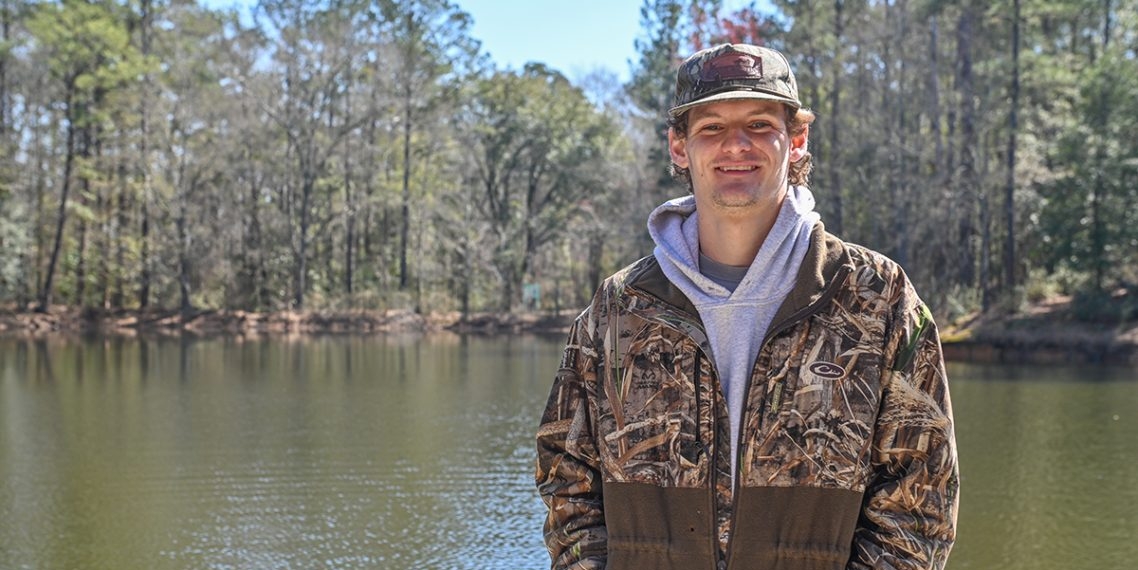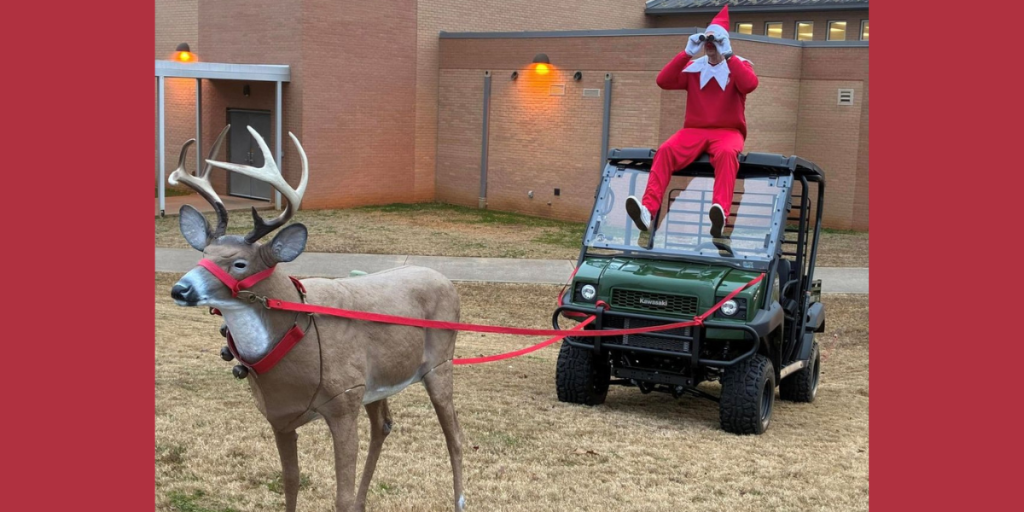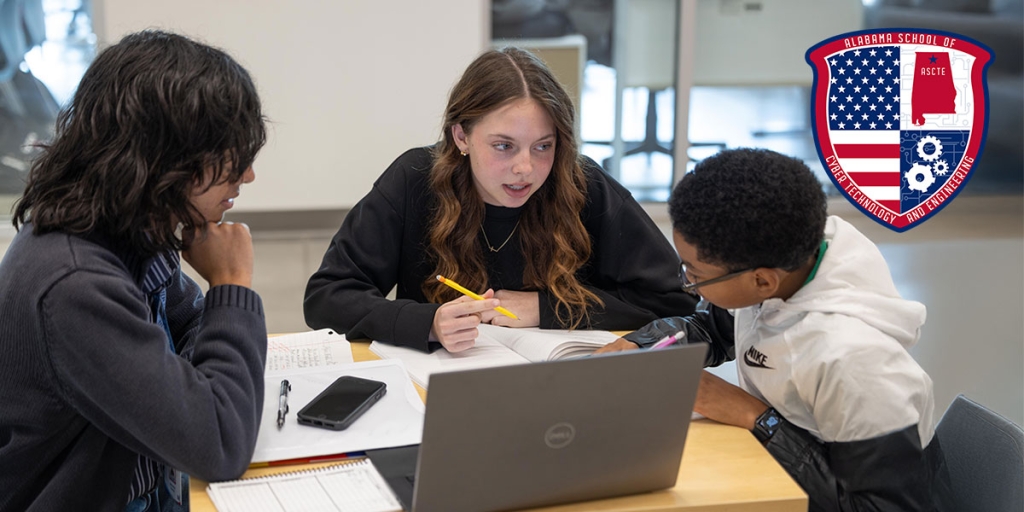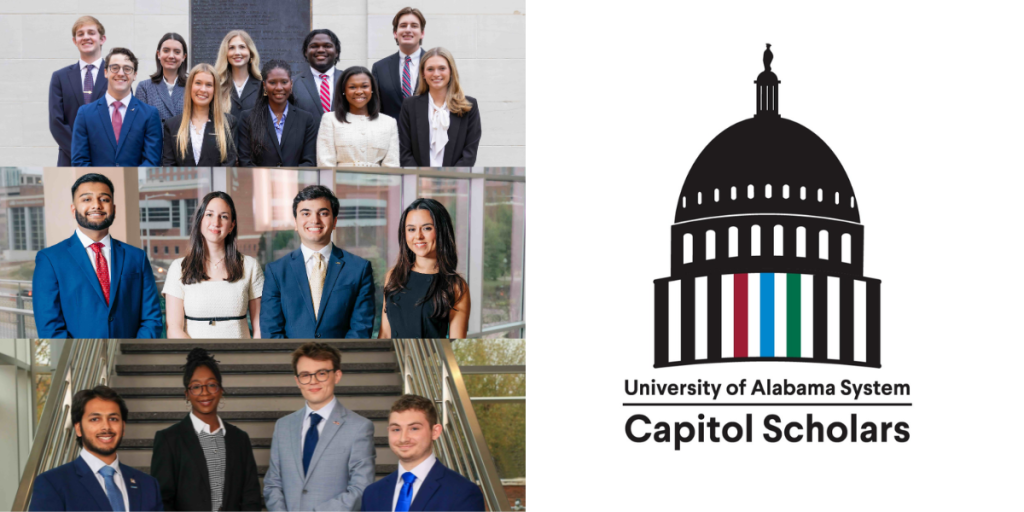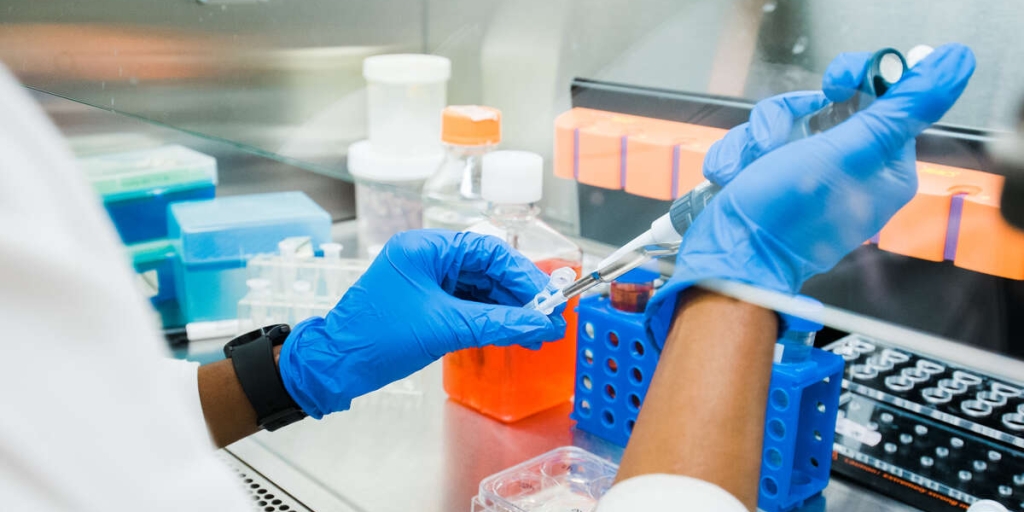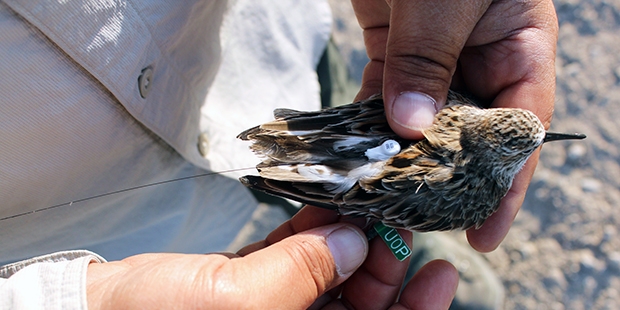A Troy University student is working with the United States Forest Service to help grow a rare and endangered species of pitcher plants only found in four Southeastern locations. He’s also part of a team tracking the turtles at Mullis Pond at the Troy University Arboretum.
Fisher Parrish, a senior biological sciences major from Dothan, Alabama, is the recipient of a $750 Alabama Audubon Walter F. Coxe Research Grant and a $1,600 Alabama Wildflower Society Scholarship for his work with the Gulf Coast Red Flowered Pitcher Plant—also known as the Sarracenia rubra Walter subsp. gulfensisD.E. Schnell.
The Gulf Coast Pitcher Plant is a rare carnivorous plant only found in three counties in the Florida Panhandle and in the Conecuh National Forest in Covington County, Alabama.
“It’s mainly found in bogs and swamps down in South Alabama, and those are at risk because of draining the swamps and putting new developments in those areas,” Parrish said. “The population in the Conecuh National Forest is protected in a sense, if we can keep the management up. This species relies on fire, and without fire in the ecosystem, a lot of woody vegetation encroaches and blocks out the sunlight.”
To date, he has grown around 200 seeds in the arboretum’s greenhouse. Once the plants and planting sites are ready, they’ll be transplanted to the Conecuh National Forest to reestablish the population. There are also plans in the works for safeguarding the plant’s continued survival in case of a disaster.
“We want to reestablish and augment the population out there as well as survey the area for other populations that might be around,” Parrish said. “We also want to get in contact with organizations like the Atlanta Botanical Gardens and Davis Arboretum at Auburn University to establish populations that could be a safeguard population in case the populations in the wild get destroyed.”
Parrish arrived at TROY expecting to study wildlife management, but a few classes with Dr. Alvin Diamond, Department of Biological and Environmental Sciences Professor and Arboretum Director, changed his mind.
“From his classes, I just fell in love with not only animals but plants as well, and especially the carnivorous plants. I find them so interesting and unique, so to know that there’s such danger and threat posed on them bothers me,” he said. “Alabama has the most species out of the whole United States of carnivorous plants, specifically Sarracenia. It hit close to home with me. Dr. Diamond mentioned this project to me after he found out that I was really interested in the carnivorous plants, and I hopped right on board.”
After he graduates this Spring, Parrish plans on pursuing his master’s degree at TROY in the Biological and Environmental Sciences Department and making this project the cornerstone of his research.
“Fisher’s commitment to this project has been extraordinary, and I am proud of what he has accomplished,” Diamond said. “He is making a real difference for one of Alabama’s rarest plant species. Not only is he learning about these fascinating and rare plants, but he is actually helping to ensure their continued existence in Alabama.”
Last Spring, Parrish also began work on a mark-recapture survey of the turtles at Mullis Pond. The group has put out two sets of traps—hoop and basking traps—to aid them in getting a population analysis to see exactly which species are calling the arboretum home, how many are there, which ones are staying or leaving, and how the population is being affected by nearby construction.
“There’s a lot runoff and pollution around Mullis Pond and the creeks from all the new houses and things going up, and that’s changed a lot of the waterways,” he said. “We want to keep tabs on everybody in and out of the pond. We take pictures of them to see how their shells are, how their health is, we measure their weight and try to keep tabs on nests around the pond. All of that helps us track how the environmental changes and pollution affect the reptiles and amphibians in our local ecosystems.”
Parrish warned against attempting to interact with the wildlife, especially the snapping turtles, and encouraged arboretum visitors to observe from a distance.
“That’s probably a pretty good guideline to have with any type of wildlife, here or in general, just leave it alone,” he laughed. “It’s good to observe them, and a lot of animals will let you observe from a distance, but keep it at a distance.”
Parrish’s dedication to his research and conservation work has not only provided him with valuable experience but also helped him build important connections. He emphasized the significance of networking and gaining real-world experience.
“That is a big thing that I feel like I’ve gotten from being able to participate in these research projects is being able to talk to different people in different organizations and government agencies, along with the experience,” he said. “Experience is big, especially in the science field. I dove in head first and realized the only way you’re going to get experience is getting out there and getting involved, so I’ve tried to set myself up for success all while doing stuff I love, so it’s been a win-win.”
The arboretum encompasses 75 acres and features seven and a half miles of nature trails, over 500 identified plant species, a pond, an outdoor classroom, an indoor classroom, a Champion Tree, and a Moon Tree and was named to the Alabama Birding Trails. Restoration efforts began in early 2022 when care of the arboretum was transferred back under the wing of Diamond and the College of Arts and Sciences. Since then, and with the help of a team of volunteers from across the University and community, extensive work has been done to return the grounds to its former glory.




